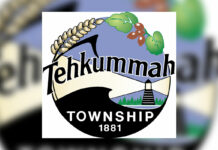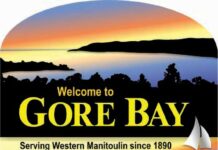New international magazine focussing on First Nations and the enviornment features Island communities in issue No. 1
by Isobel Harry
CANADA— Kevin Milne has been coming to Manitoulin since he was two-years-old and he’s here now, 60-odd years later, to launch the first issue of a new family magazine called ‘Canoe Kids.’
‘Canoe Kids’ was conceived by an editorial team that “was guided by the fact that there were very few places where people can go to learn about the cultures of indigenous people from indigenous people,” as voiced in the introduction to the first edition.
The magazine’s team includes Kevin Milne, who sits in the covered porch of a cottage in Aundeck Omni Kaning (AOK) First Nation as we speak, an accomplished photojournalist and documentary film maker now living in Kitchener. He is a contributing editor and the media lead for the project. Kelly Brownbill, the senior editor and cultural advisor, is a member of the Flat Bay community of the Mi’kmaq Nation in Newfoundland and an educator on aboriginal issues. The traditional aboriginal elder is Cat Criger, Six Nations, who holds that position with several universities. All are human rights and environmental teachers and activists.
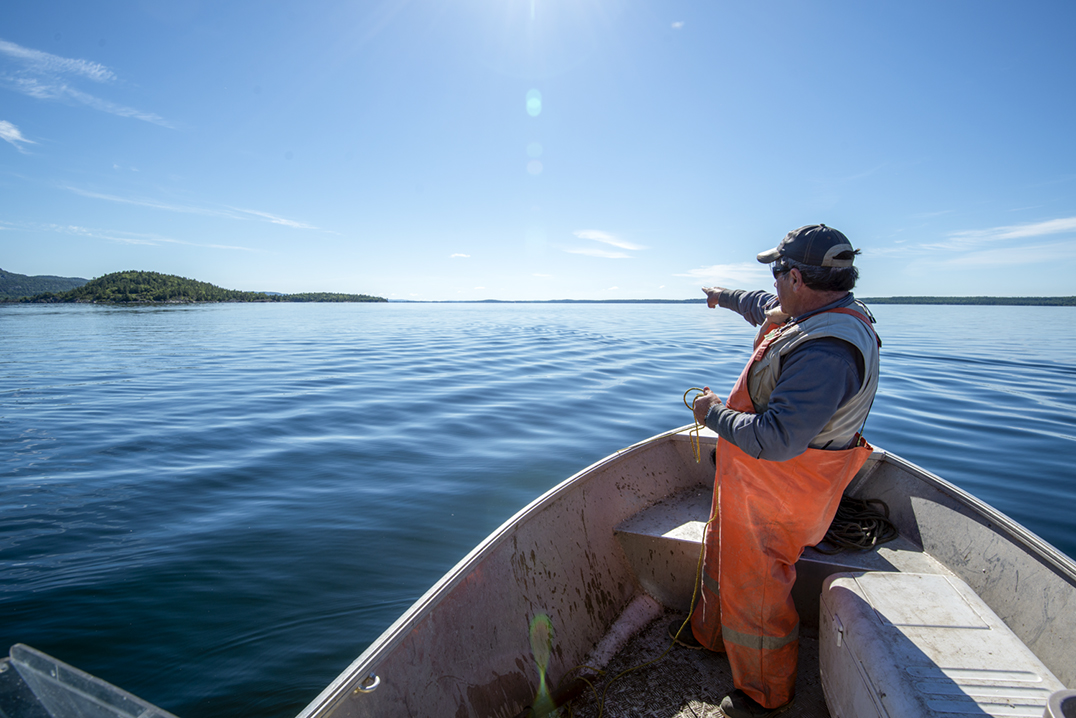
The team started last March to devise the publication, combining their backgrounds to “provide accurate and important information to children, adults and educators about the indigenous people of the Americas and the world.”
For this issue, Falcon Migwans was special guest editor and contributing editors and admin were Glen Woolner, Stephen Morton, Alma Jean Migwans, George Corbiere, Jule-Anne Auld and Debra Tate.
Mr. Milne is a passionate advocate for human and environmental rights who grew up in Caledonia, then married, started a family and moved to Kitchener, where he experienced the cultural divides caused by ethnic biases in both places. That was the impetus for him to begin creating “educational materials that might help change people’s minds.” In the early 90s he founded Reality Media (realitymedia.ca), in particular “to see First Nations from an empowering point of view.” ‘Canoe Kids’ is one of their programs, as is the “Indigenous People” project, with goals to “create a permanent record of these very important and historically significant stories that typically are only shared through the ancient tradition of storytelling; showcase the indigenous language (by way of audio and subtitles), as well as the art and music of the culture; and encourage a positive awareness and appreciation of the Original Peoples, their culture, language and history through these stories as well as our educational materials and programs.”
“I realized,” says Mr. Milne while sipping uncommonly good coffee, “that there were no resources to teach about First Nations. There was lots of misinformation. The 2010 Vancouver Olympics (with its much-increased aboriginal participation) left no real legacy, just a warm, fuzzy feeling.”
His environmental activism was triggered when he embraced First Nations’ teachings about Mother Earth, that “we are one with” the Earth, we do not “have dominion over” her. The magazine would “help us get to know the people and start to listen to them.”
Kevin Milne keenly believes that “we should listen to First Nations about the environment. They are the best caretakers. You cannot manage the Earth as a commercial business; it’s not a matter of being powerful, but appropriate.”
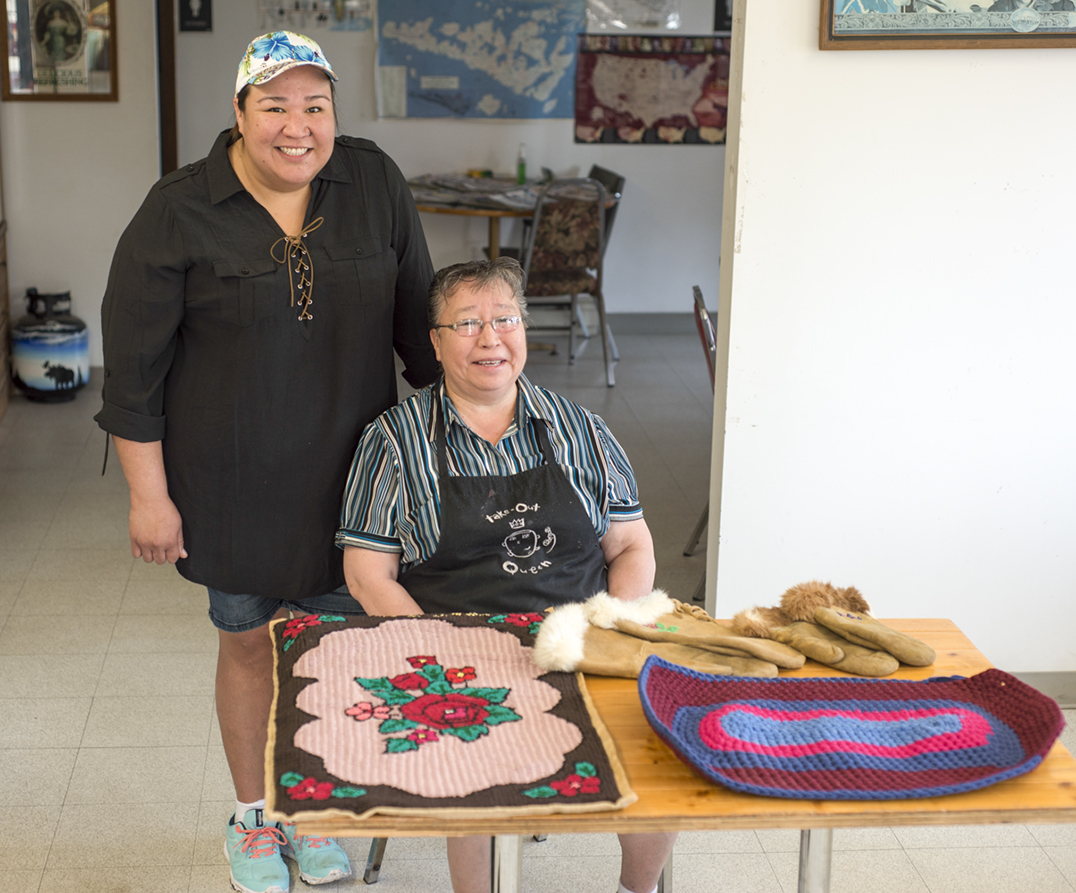
To that end, each page of “Canoe Kids” is a lesson in the fragility not only of the ecosystem but of human life and relationships endangered by lack of conscious attention. There is another lesson, of mutual understanding and empowerment through written and visual information. “We want to make a connection between the past, present and future,” says Kevin Milne, “with an authentic voice that is reflective of the community. We have worked very hard to create a program and magazine that is a positive thread in the North American cultural blanket.”
‘Canoe Kids’ is designed for “learning and having fun together”–kids, parents and teachers. The production values are high, with beautiful photos of people and places, and family-and-educator-friendly stories of wisdom and of entrepreneurship through profiles of Leo Bebonung, a teacher building a cabin in the woods near M’Chigeeng, of commercial fisherman Dave Corbiere of AOK, and a behind-the-scenes review of Maggie’s Cafe, also in M’Chigeeng First Nation, among the stories, teachings, glossary and recipes featured in ‘Canoe Kids’’ 121 pages.
Spaced among the articles are double-page spreads of dramatic, wide-angle photos of Island landscapes and events such as a powwow, full-page details of art by Duncan Pheasant, old photos and paintings in the history of the birch bark canoe. A visual feast meant to draw in the reader with the beauty that is all around, within and without.
Kids can upload photos to the fotozone, “a place where we all care about nature and each other,” or learn to draw and colour or solve puzzles, all downloadable, to “keep your magazine in great condition for use in the future and for future generations too.” They can talk to the featured artist about his work and download audio materials for the home or classroom. The magazine “will provide a resource for teachers to use within their classrooms to assist them in providing the Indigenous education they are mandated to do. Kelly Brownbill will be leading a blog and FAQ for teachers on an ongoing basis to assist them in this regard.”
Inspired by the spirit of the Truth and Reconciliation Commission that “repeatedly calls for more education on the history of aboriginal people,” ‘Canoe Kids’ also is part of a growing indigenous environmental movement that seeks to raise awareness and educate about the important role of Indigenous People in the protection of the environment through reaffirmation of traditional and natural laws and a commitment to influencing positive change through local, national and international political channels. The David Suzuki Foundation’s work on climate change, global warming and the environment also is “guided by the 2010 United Nations Declaration on the Rights of Indigenous People” and committed “to respectfully engage with aboriginal peoples when our work concerns their interests.”
The magazine’s title came after a touring birch bark canoe provoked ongoing conversations in an all-age crowd, even after the canoe left the scene. “The canoe was a method that allowed the setting aside of biases, it brought kids, teens and adults of all ages together, it facilitated discussions.” The power of teaching about traditional ways that affirm non-destructive methods to engage with Mother Earth resonated with Kevin Milne and his colleagues. He insists that “we must listen to First Nations about the environment” and so the group is embedded in a community for a minimum of two months to “put in time to come to reasonable conclusions.” It’s a simple idea, Mr. Milne says. “If you like someone, you listen and you begin to learn and change. Then you’ll vote for the politicians who espouse the values of their constituents.”
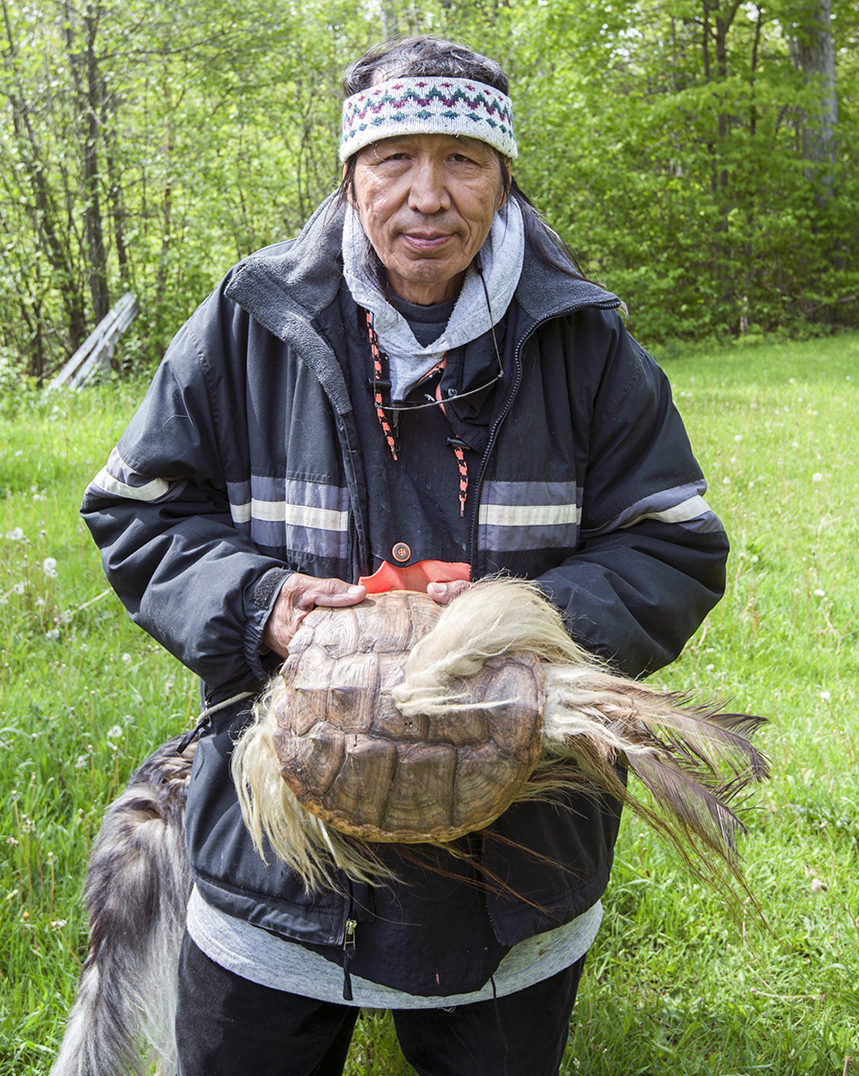
“The magazine creation process was both a learning and organic experience,” adds Mr. Milne. “There was our own crew involved (led by Kelly Brownbill and Cat Criger) as well as focus groups and community input from traditional teachers and elders, teachers, parents, kids and design folks. We wanted to contribute to the fabric of the country specifically in providing an authentic and accurate portrayal of the people of a community and culture.
“The indigenous cultures throughout the Americas are vibrant and extraordinary. Most people [outside of the communities] derive their feeling and thoughts about First Nations Peoples primarily via the news. That is typically only a soundbite with limited backstory information. As a result people do not have the kinds of empowering models that reflect indigenous peoples accurately and fairly. Our magazine is for that purpose.”
The magazine is “a self-funded corporation” that has just launched a Kickstarter fundraising campaign at https://www.kickstarter.com/projects/canoekids/canoe-kids-magazine
Says Mr. Milne, “The funds we ask for reflect the cost of the next two editions as we continue to develop our subscription base to be sustainable.”
The next three issues of ‘Canoe Kids’ will feature the Haida Peoples of the Pacific Coast, the Inuit Peoples of the High Arctic, and the Inca (Quechua Peoples) of Peru.
‘Canoe Kids’ has found practical local support in the person of Dave Patterson, The Expositor’s production manager and social media specialist who is looking after the website, Kickstarter campaign and the technical aspects of the operation. Mitch Harasym, who also worked in production at the Expositor for the last four years, and his girlfriend Kiah Miller, now make up the social media team that works via Facebook, Instagram, Twitter, blogging and photography to update the progress of the project. Says Dave Patterson, “both Mitch and Kiah are currently driving to the next location in B.C. You can follow their adventure on Instagram https://instagram.com/canoekids/.”
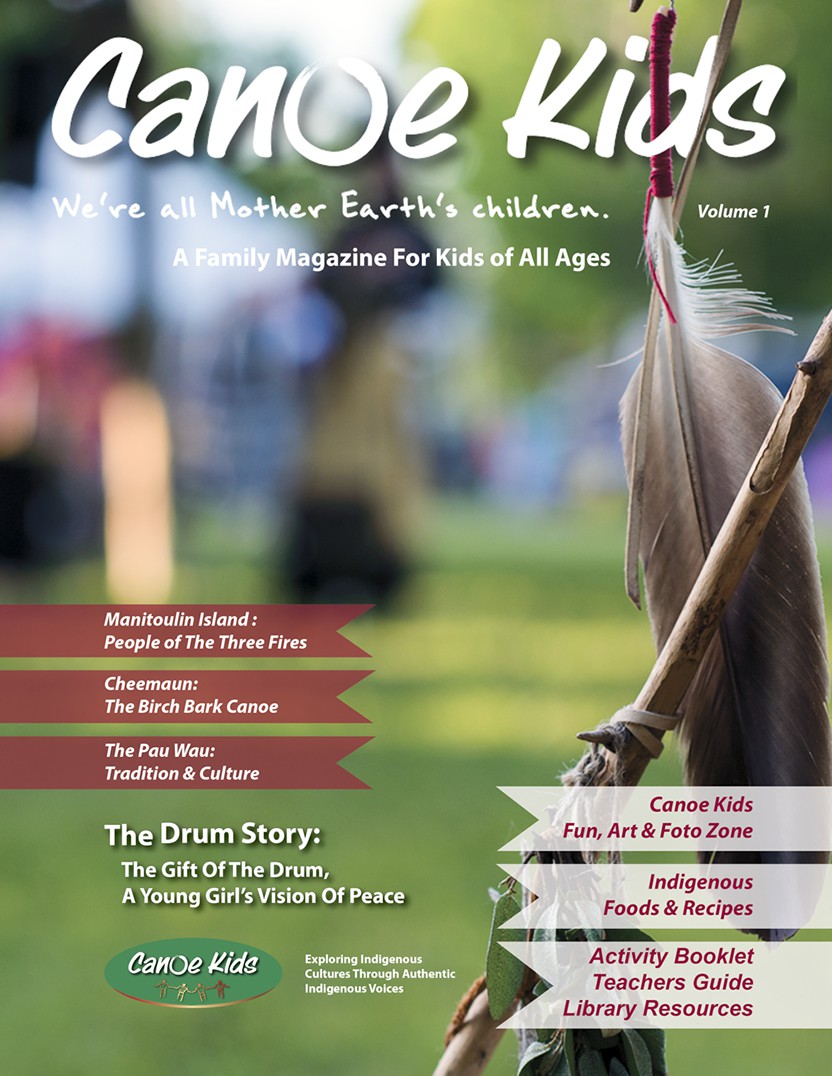
The first issue of ‘Canoe Kids,’ with the theme of the Anishinaabe of Manitoulin Island, will be online November 1. The cost is $39. 95 for three hard copy issues a year, or $19.95 each; it will be dowloadable as a pdf for $9.95. Visit http://canoekids.com/ for more information.


